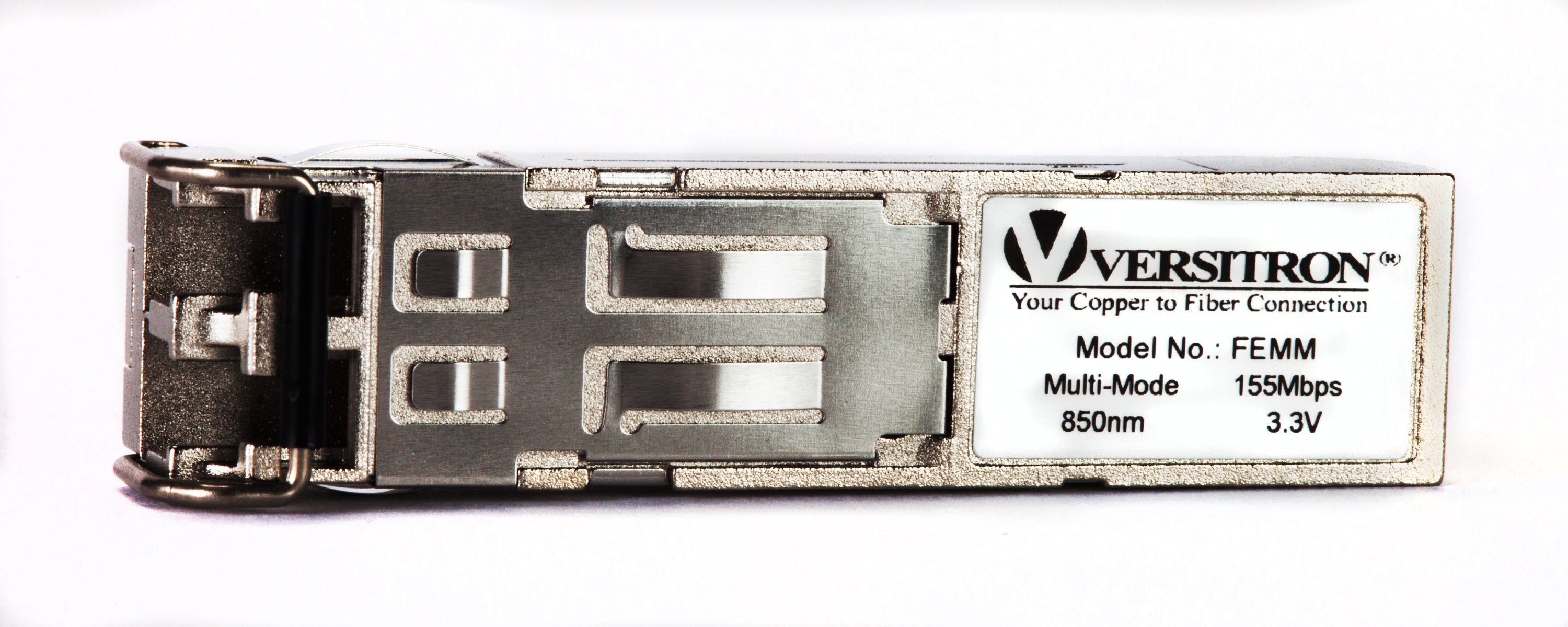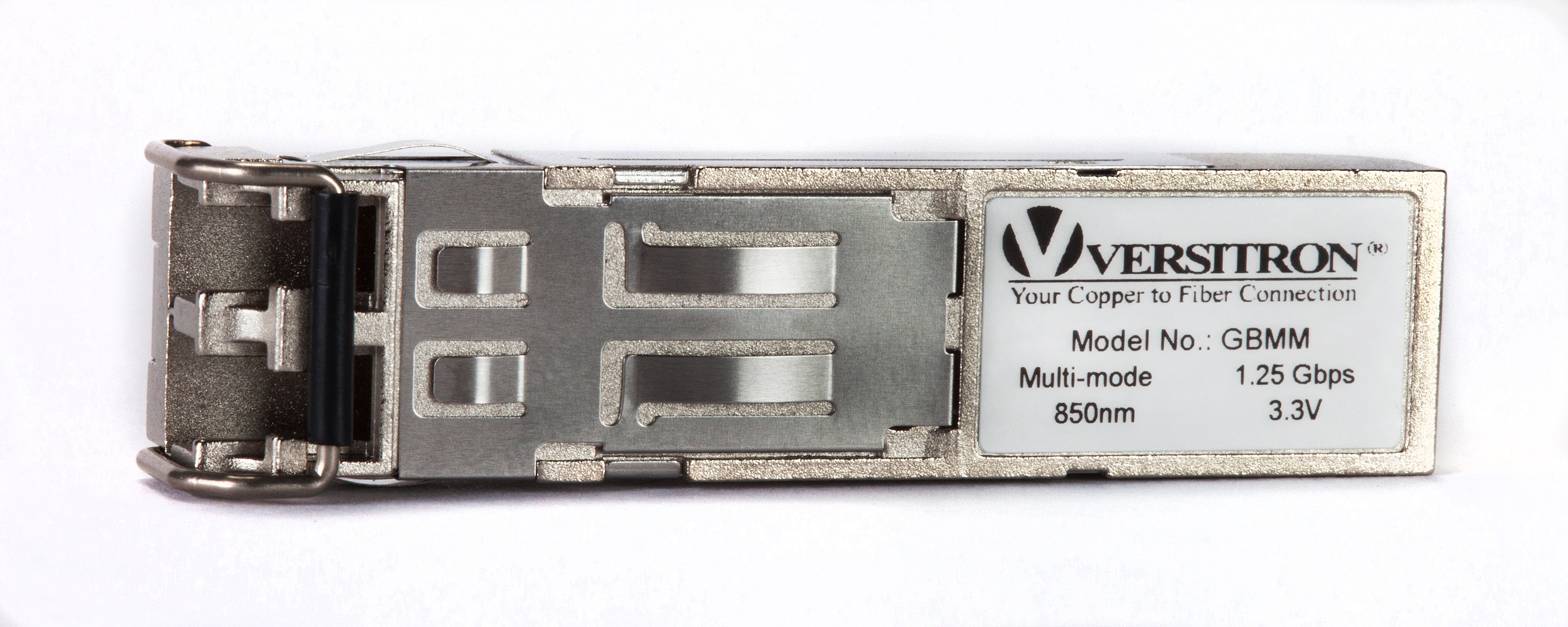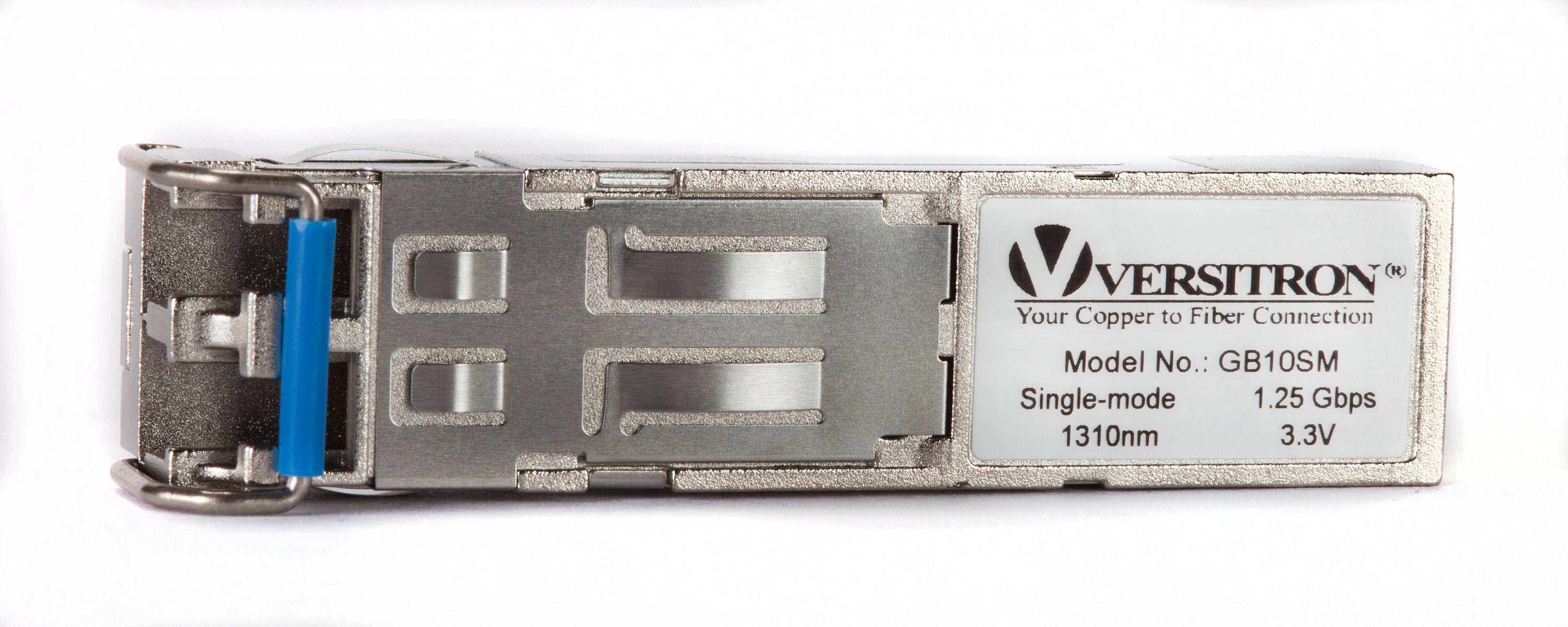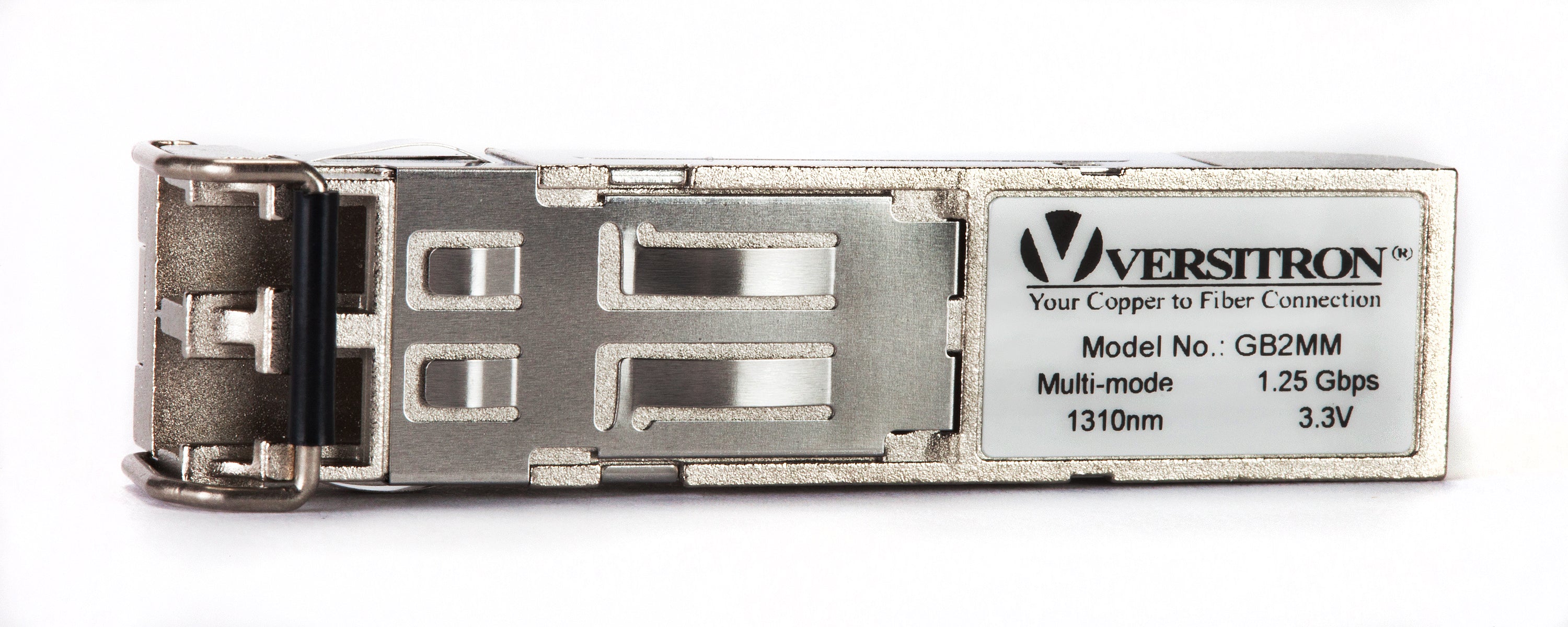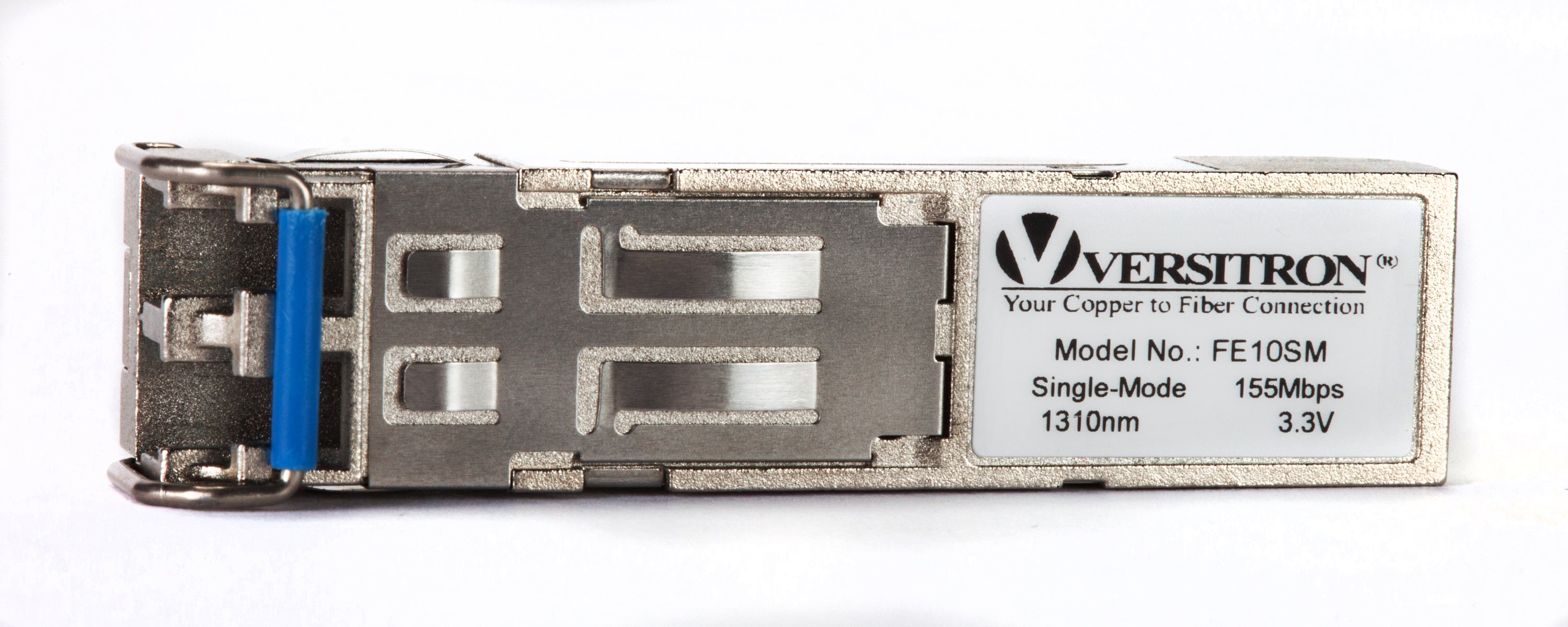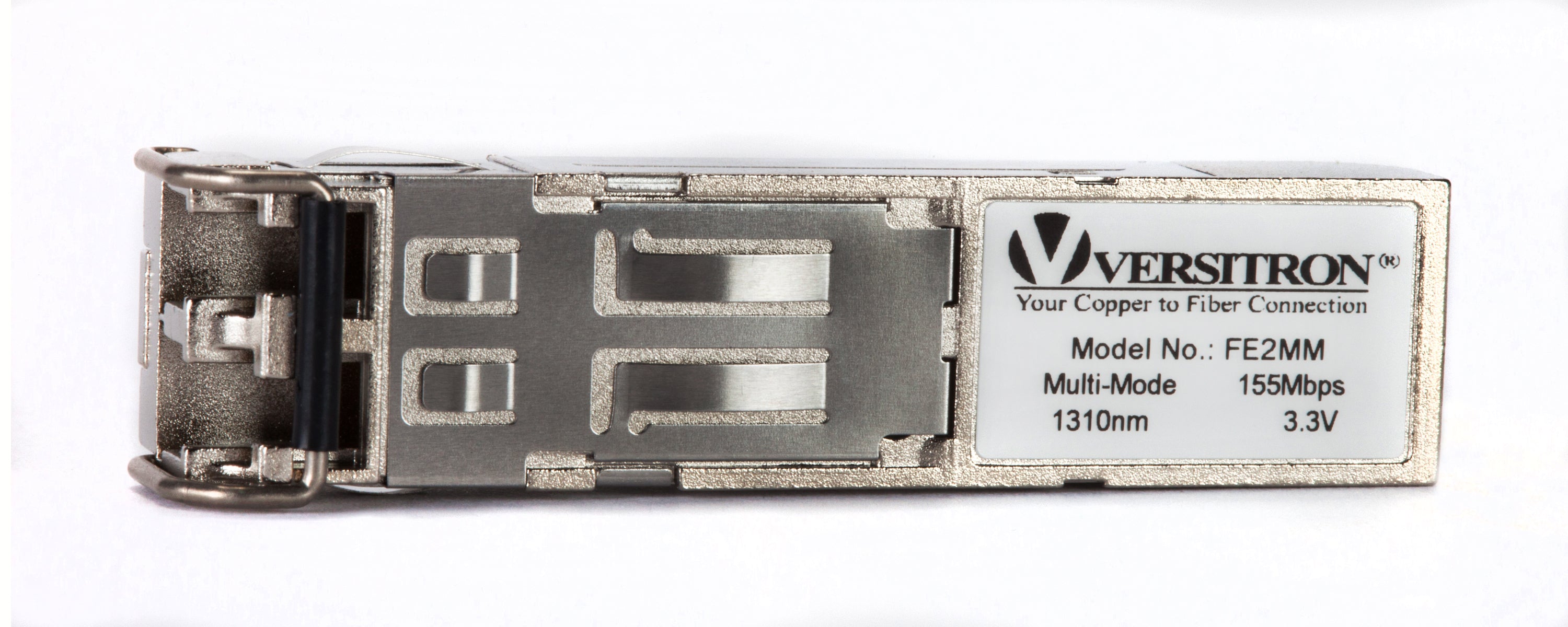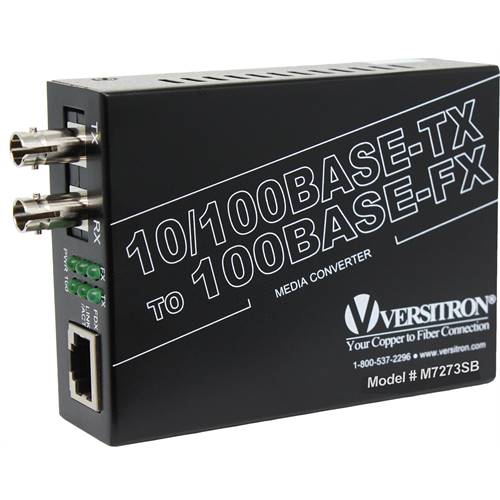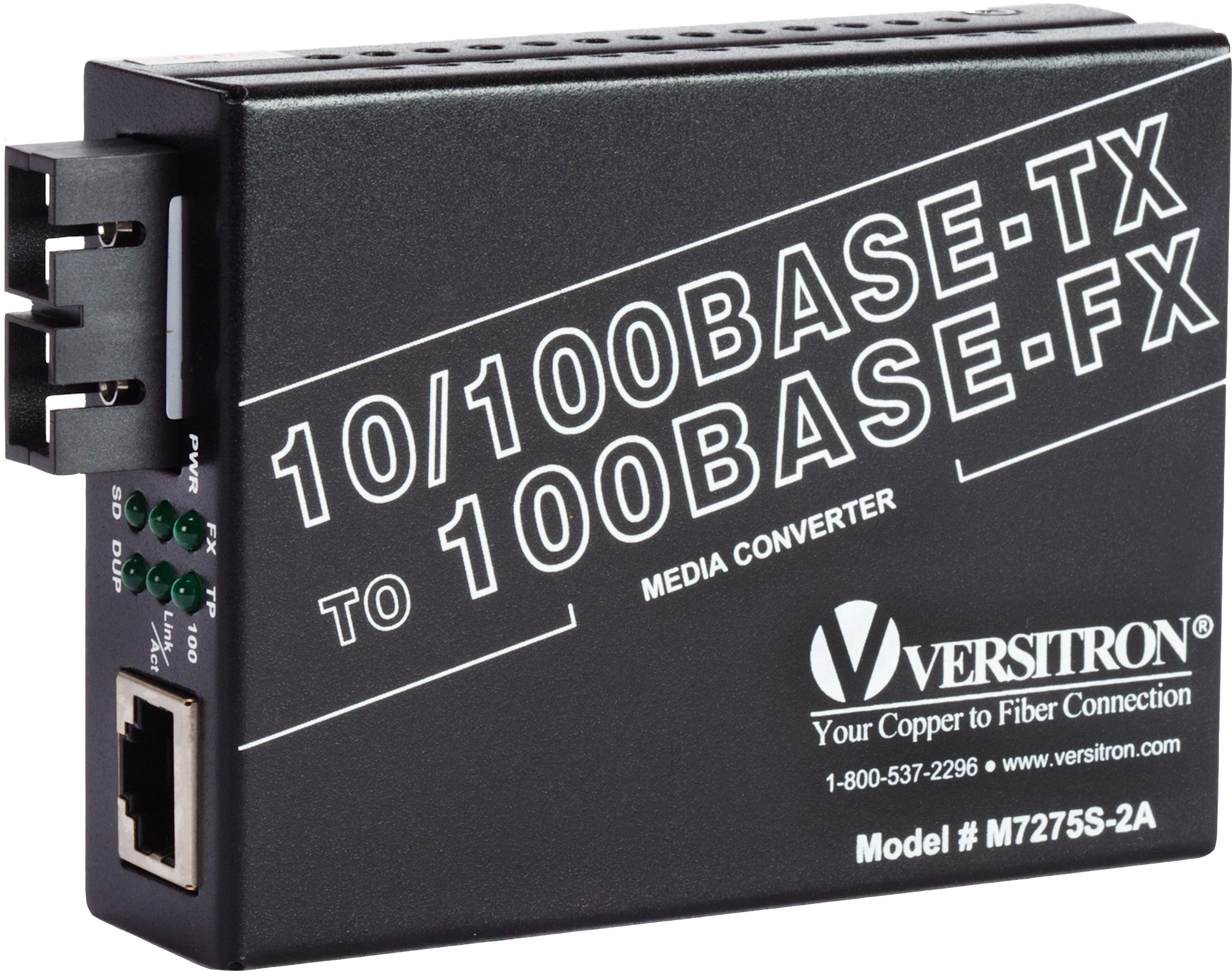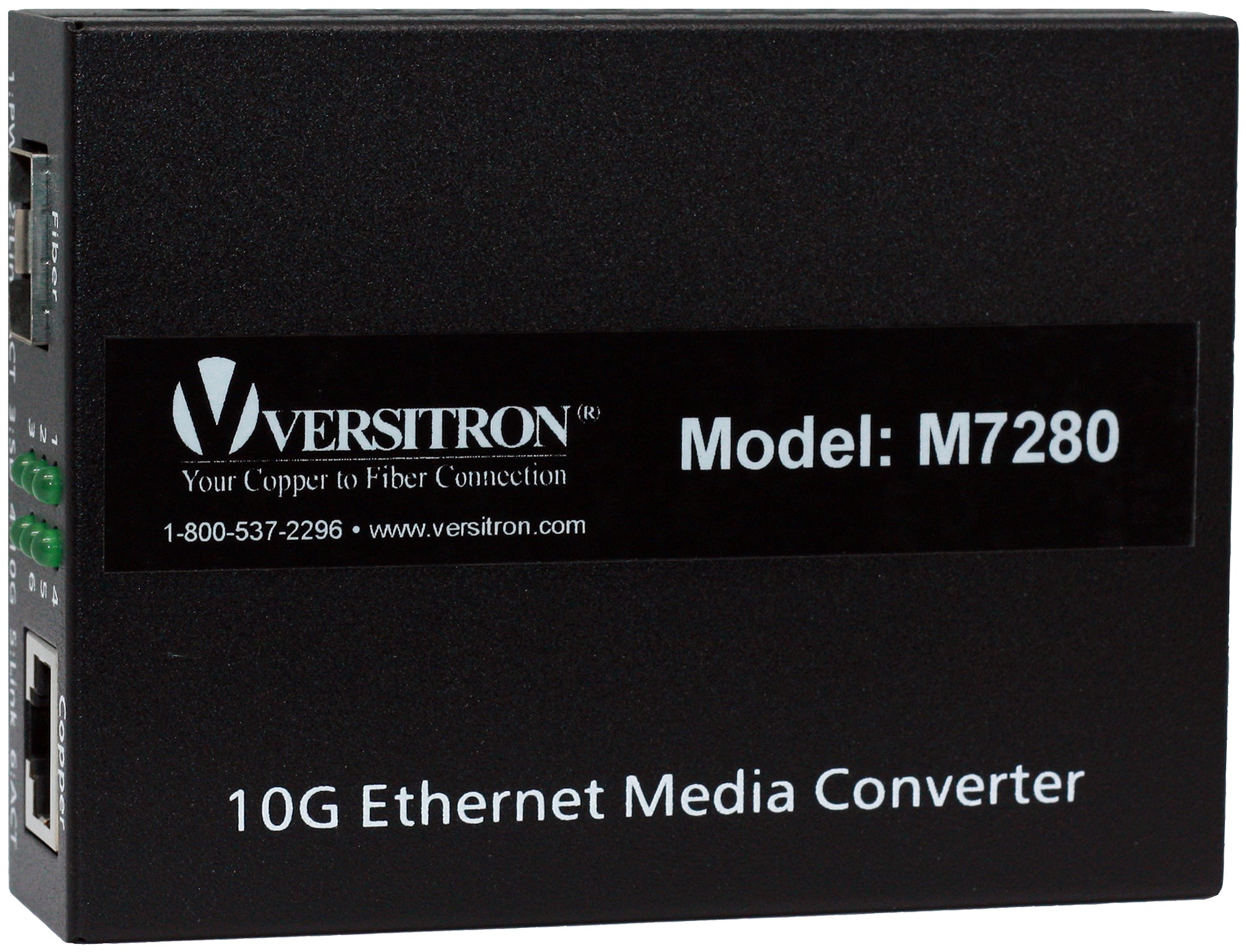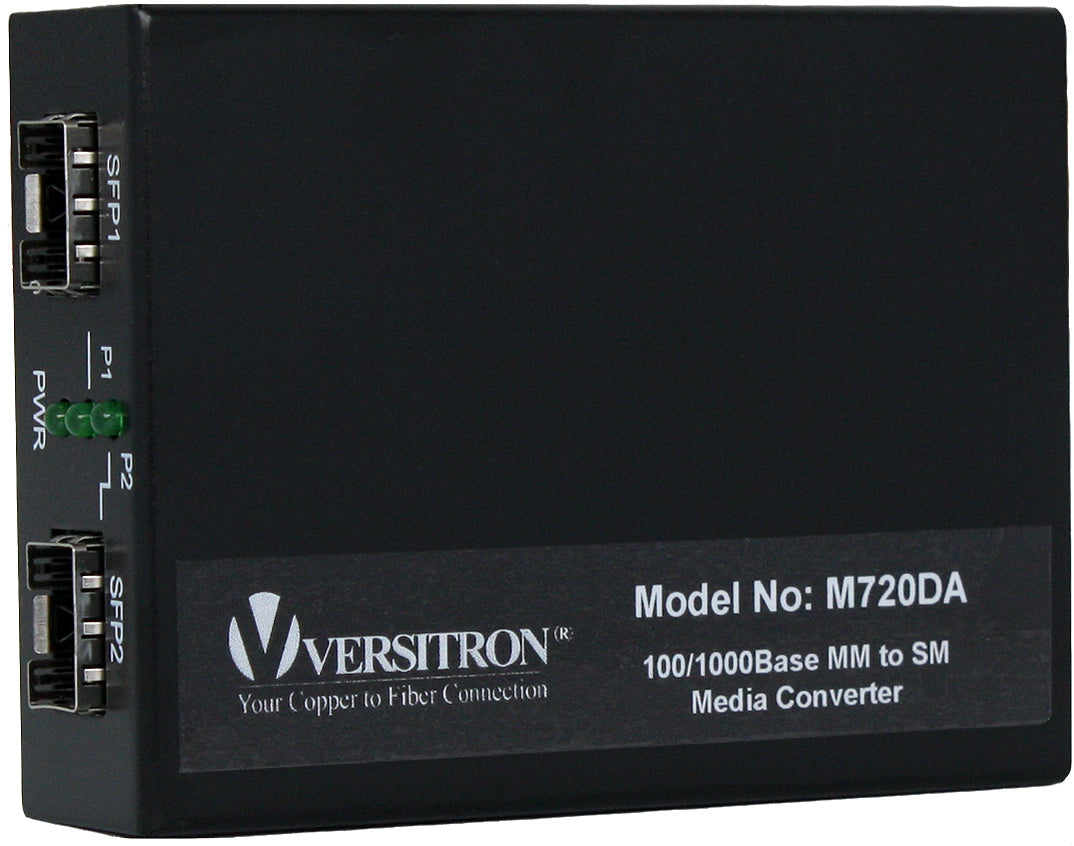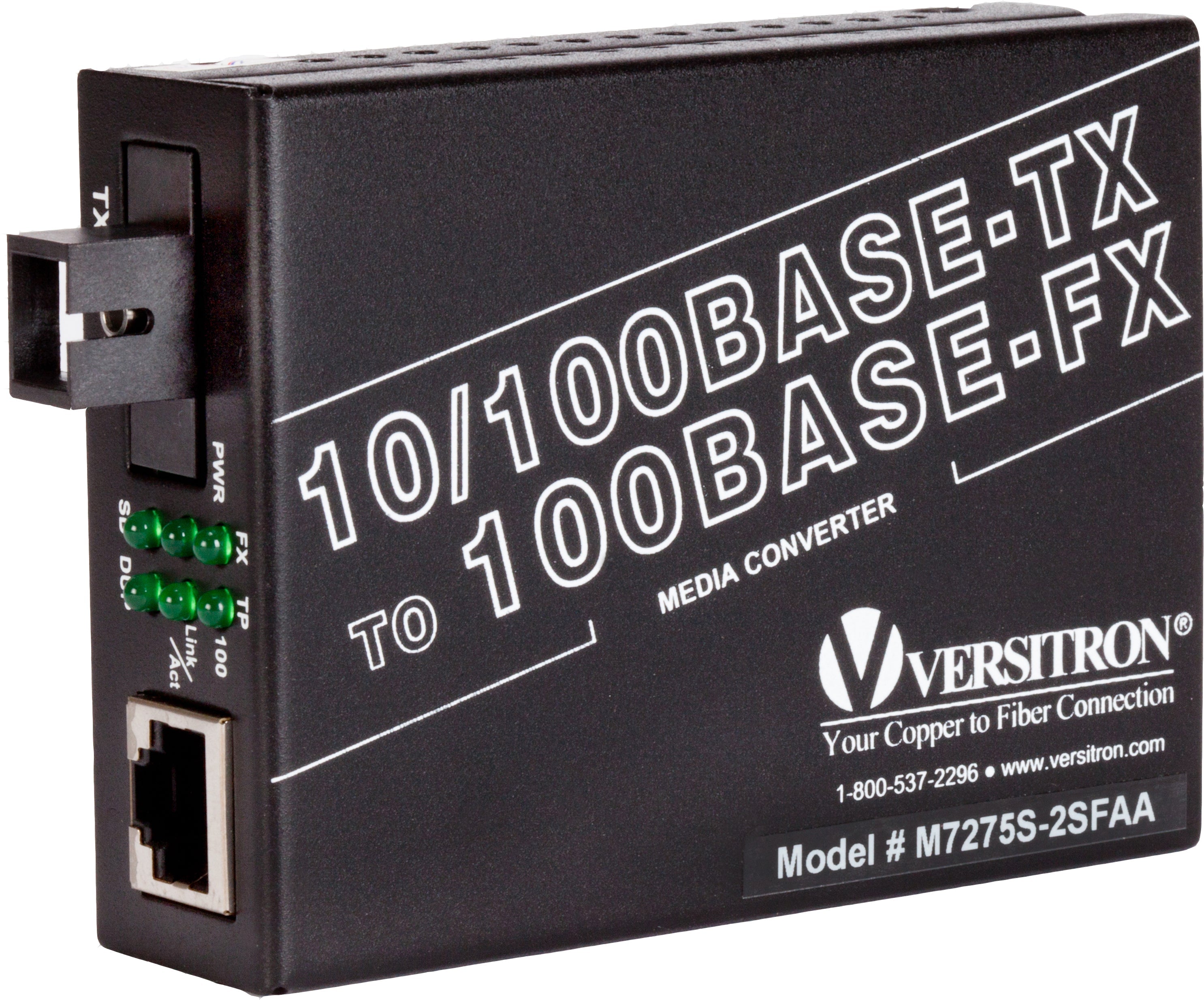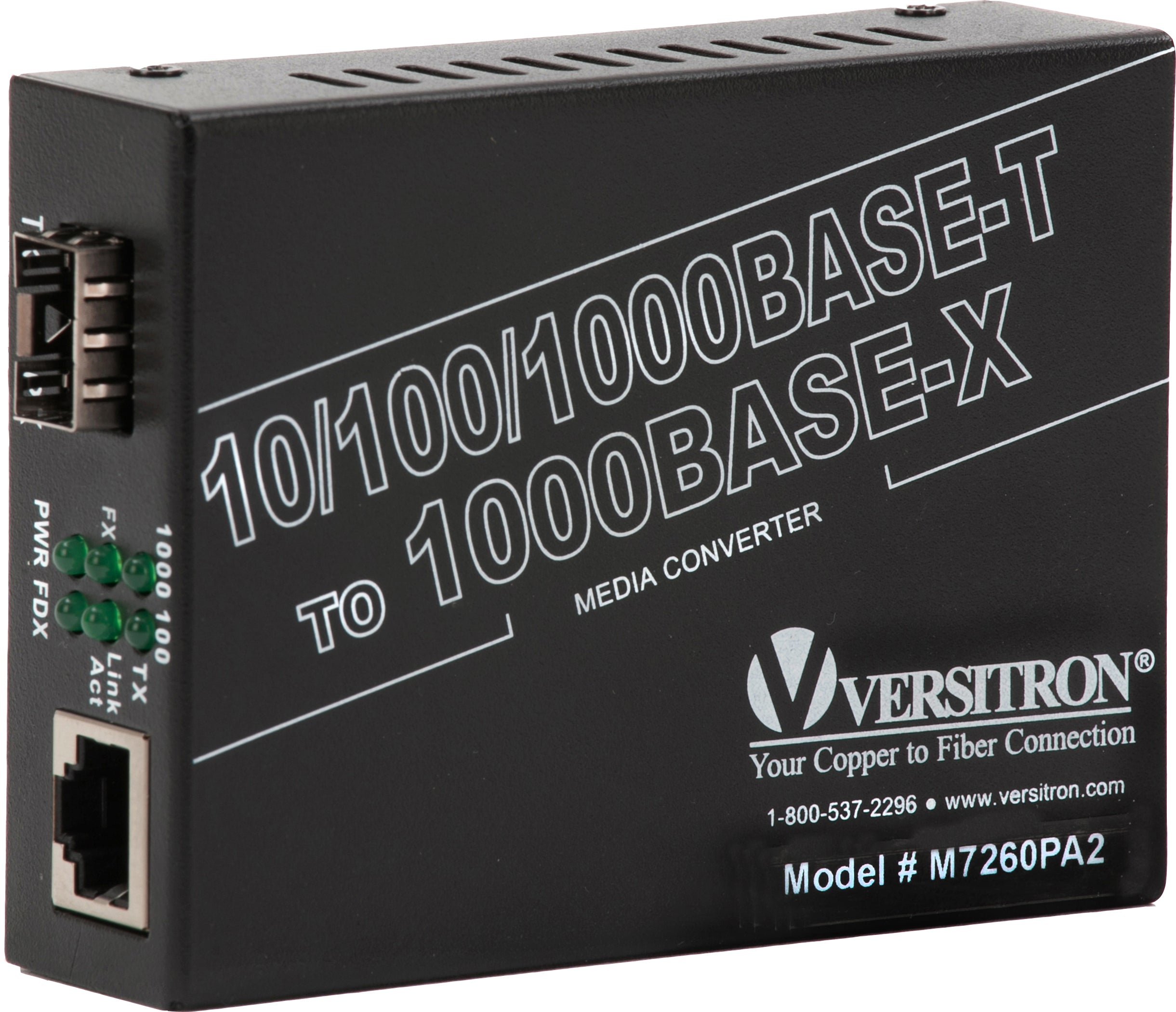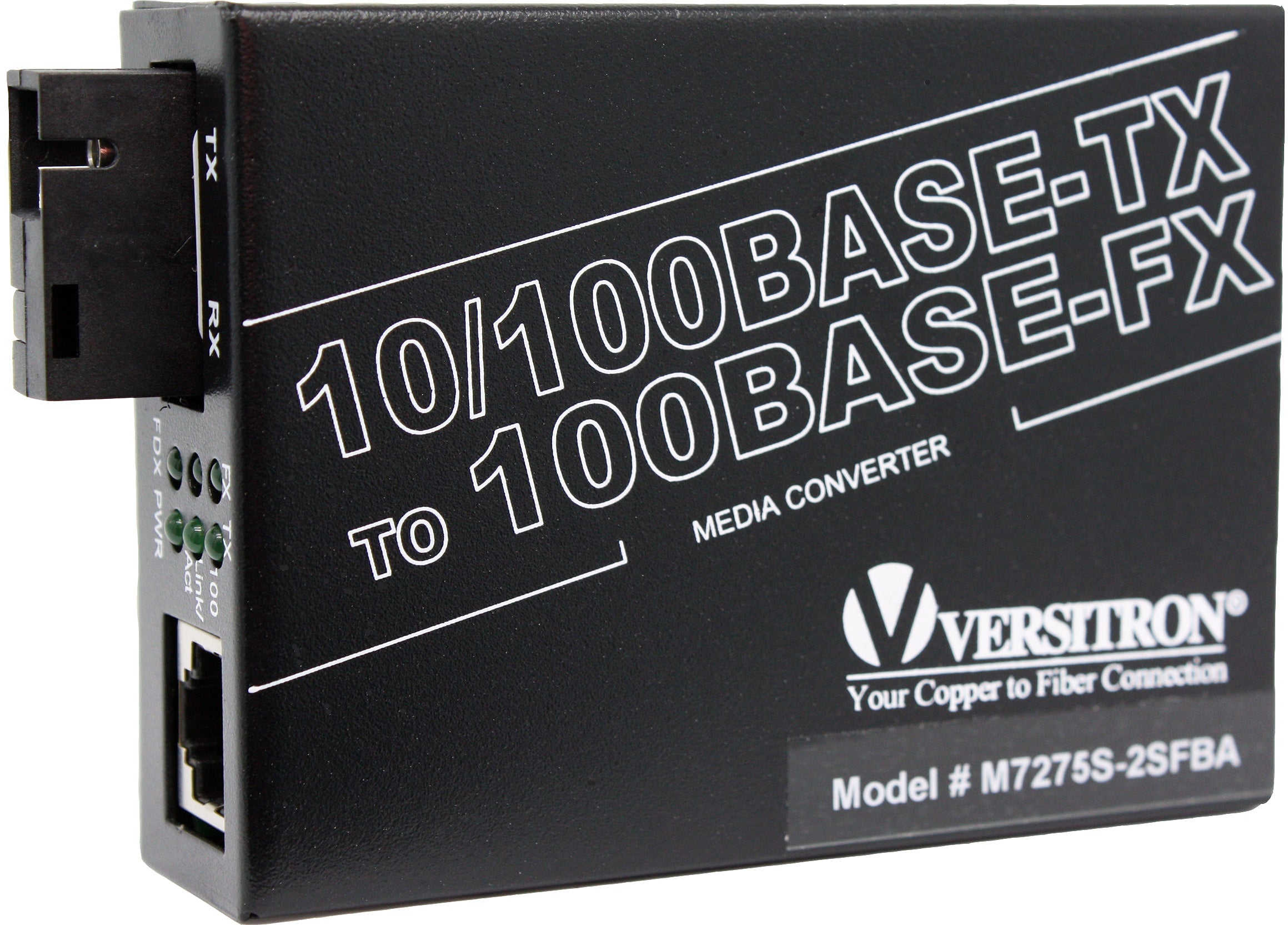Several devices used in a fiber-optic network may possess similar operations. Often multiple devices can be utilized to serve a specific purpose under different circumstances.
The SFP modules and media converters are two such devices with similar features and end-purposes. Owing to certain similarities, these devices are often confused, however, in reality, they differ a lot. Along with the construction, the working principles of both fiber SFP modules and fiber media converters differ in certain ways. However, the end results of both devices can be interchanged under compatible operating conditions.
This post introduces the fiber media converters and the fiber SFP modules followed by a discussion over the difference between their individual working principles. It also offers a few key points to pay attention to while a selection of SFP modules and Ethernet media converters for specific applications.

SFP Modules vs. Media Converters: A Few Key Differences Analyzed
The following pointers would help you understand the differences between fiber SFP modules and fiber media converters.
Construction
SFP modules are optoelectronic devices which means these can be used for transmission of electronic as well as optical signals. The main function of fiber SFP modules is to convert electronic signals into optical signals and vice versa. Therefore, these devices feature two ports, one is a copper SFP and another is an optical SFP. Depending on which port the data source is connected to, the contrary output is given by the SFP module. The SFP modules can be used for telecommunication and information communication operations. However, being a small form-factor pluggable transceiver, these devices feature hot-pluggable connectivity, which allows plug-and-play operation of these devices.
Also read: What is an SFP Module?
Media converters are Ethernet-compatible devices known as Ethernet Media Converter. Similar to GBIC modules, the media converters can be used for fiber-to-copper and copper-to-fiber data conversion. These devices are designed to translate and transmit the data between two dissimilar transmission media, such as Gigabit ethernet fiber media converter convert 10/100/1000Base Ethernet speeds to either 100/1000Base on the fiber media..
Working Principle
The working of SFP modules relies on photovoltaic conversion. To perform the optoelectronic conversion, the SFP module features a pair of transmitter and receiver, optical interfaces, and functional circuits. The photovoltaic conversion from electronic signals to optical signals is performed by a transmitter and is received by a receiver to deliver converted signals. To perform reverse transmission of optical to electronic signals the optoelectronic conversion is reversed using digitizers.
The fiber media converters operate on the physical layer of a copper-fiber network. The working principle of these devices is simple. The electronic signals are received by the converter and are then converted into optical pulses and vice versa. The electronic to optical conversion is done by using optical transmitters with LED or laser pulsating abilities. However, the reverse transmission of optical to electronic conversion is done by using readout equipment, digitizer, or oscilloscopic equipment.
Selecting SFP Modules or Media Converters for Specific Applications
Now that SFP modules vs media converters are being analyzed in terms of their individual properties and working principles, it is essential to focus on the following key points before selecting one of these devices for your applications.
Fiber SFP modules are compatible with SONET, Fiber Channel, Gigabit Ethernet, etc communication standards.Due to the smaller form-factor, the SFP modules are used for compact integrated applications. Few of the common applications of SFP modules are found in CCTV cameras, telecommunication devices, etc.
The Ethernet media converters are commonly used in the copper-fiber networks where the distance of transmission is to be extended by using fiber optic cables, however, the receiving devices or end-users’ devices require electronic output. Multiple wavelengths of optical transmission can be achieved by using fiber media converters as they support multi-mode to single-mode conversion, and dual-fiber-link transmission for bi-directional conversion.
Conclusion
No matter which device you find suitable for your application, it is essential to pay attention to the build quality and performance efficiency of these devices. Therefore, you should source SFP modules and media converters from trusted suppliers like VERSITRON. The company offers high-quality bidirectional SFP modules, industrial media converters and other fiber optic communication devices. They offer EIA/TIA-RS-232, RoHS, IP30, and ISO-9001compliant media converters and SFP modules which certainly assure the quality and performance of their products.


